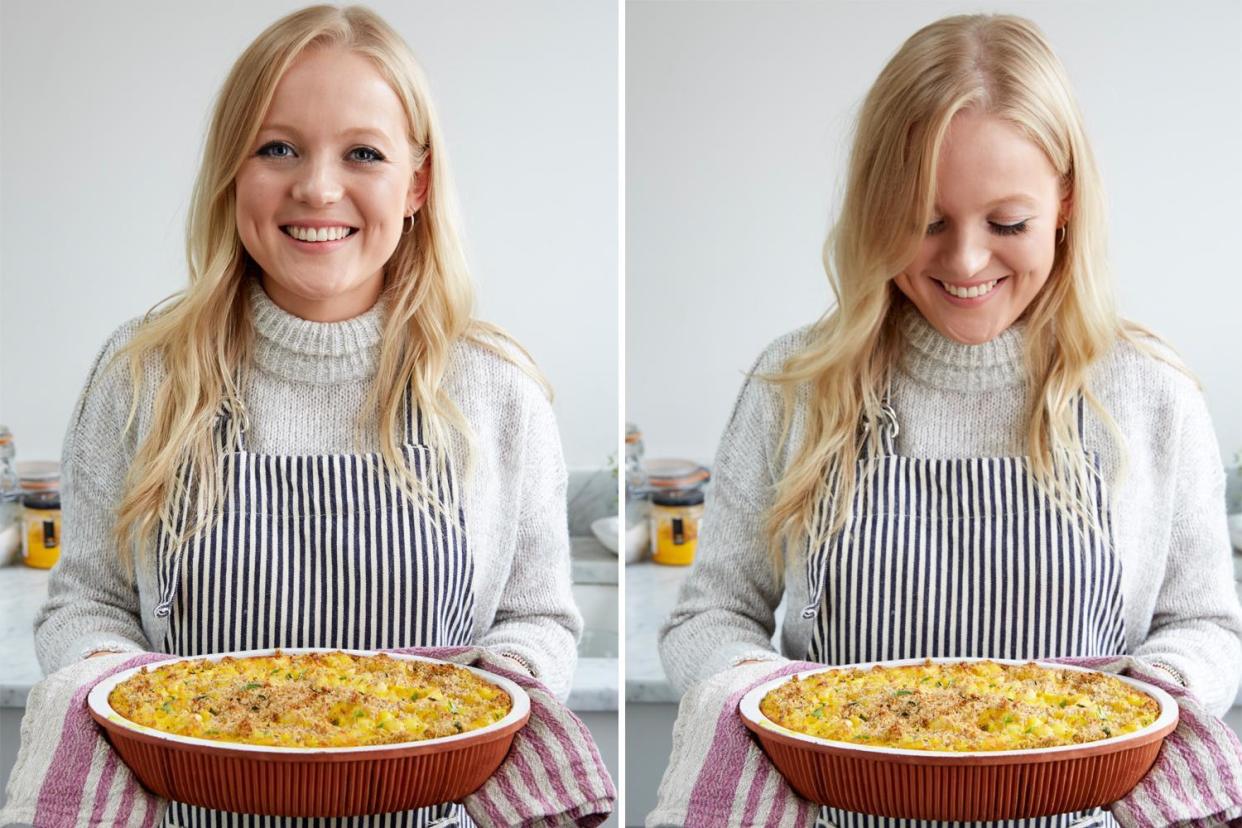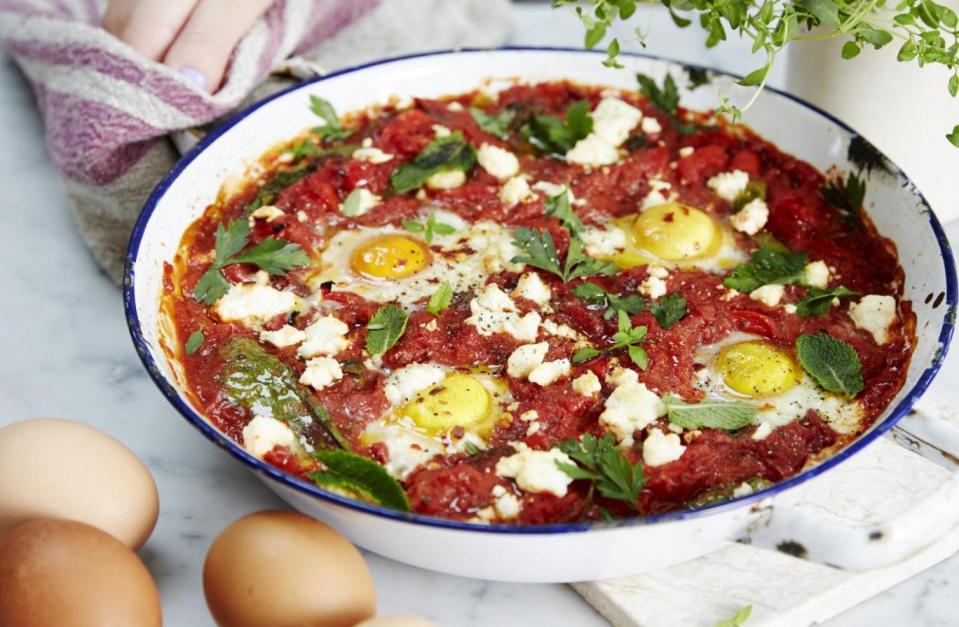How a Low Fodmap diet can help to manage IBS

When Emma Hatcher was 14, she remembers arriving home from visiting a friend and being doubled over in pain at her front door.
She would later learn that this abdominal pain was one of the major symptoms of IBS, or Irritable Bowel Syndrome.
Irritable Bowel Syndrome is a chronic condition, one that needs to be managed long-term, and symptoms include cramping, abdominal pain, bloating, gas, diarrhoea and constipation. Not fun.
One way to manage IBS, however, is through a Low Fodmap diet.
Hatcher told the Standard: “When my dietician at the time suggested following a Low FODMAP Diet, it was a light-bulb moment. The diet didn’t only decrease my symptoms, but completely changed my life.”
The Low Fodmap diet is recommended by the NHS to help ease IBS symptoms and stands for Fermentable Oligosaccharides, Disaccharides, Monosaccharides And Polyols.
Hatcher explained: “Those words are just complex names for a collection of molecules (more specifically short-chain carbohydrates and sugar alcohols), found in foods naturally and in food additives.”

The Low Fodmap diet works in three stages. The first is the 'restriction' phase where you eliminate – or cut out – all high Fodmap foods (like avocados, garlic, onion, mushrooms, wheat and milk) to give your gut a rest. Stage two is the re-introduction phase where you slowly begin introducing different subgroups to find out where the problem lies. Once you have found this, you can begin stage three which is the maintenance phase.
“Once you understand what triggers you and what doesn’t, you can begin the maintenance phase, which is essentially your new eating plan – at this point you’ll know which food group hates your bowels the most, so you can experiment and avoid,” Hatcher said.
“The principle of a Low FODMAP Diet for IBS is to restrict the foods high in FODMAPs causing chaos in the gut, before slowly reintroducing the different subgroups to find out where the problem lies. Once you understand what triggers you, you can begin the maintenance phase. This means it can be tailored to you specifically and as a result hopefully improve your gut symptoms associated with IBS.”
In layman’s terms, high Fodmap foods are particular carbs that are poorly digested by the body, causing a flare up of digestive difficulties in people with sensitive stomachs.
Hatcher became so inspired by the science behind being able to identify why your body felt a certain way when eating certain foods that she began her (now very successful) blog She Can’t Eat What?!
She explained: “The diet itself was empowering - after years of frustration and the unknown, being able to identify why your body felt like it did when you ate certain foods was amazing. But nobody knew about it! There was a huge lack of information out there, as well as low FODMAP recipes. Those that I could get my hands on were really meat heavy and quite uninspiring too. I created She Can’t Eat What?! with the aim to share my story, raise awareness of the Low FODMAP Diet and to help others in the same position.
“Up to one in five people in the UK suffer from it at some point in their life, according to figures published by the NHS. The increase in cases may be due to the fact that it is exacerbated by stress
“IBS is not a sexy subject – which means a lot of us sure are suffering in silence.”
By creating her blog, Hatcher has created a community within it where people with IBS can go and know they are not alone.

The recipes on the blog have been so well received that Hatcher has recently released her own cookbook: The FODMAP Friendly Kitchen Cookbook: 100 Easy, Delicious, Recipes for a Healthy Gut and a Happy Life.
When asked what her go-to recipe from the book is, she mentioned buckwheat pizzas and hazelnut muffins, but the book has something for every occasion.
While the Low Fodmap diet seems to be ‘trending’ currently – even among non-IBS sufferers – Hatcher said the most important thing to remember is, “it’s not about being incredibly restrictive long term.
“The ultimate goal is to eat and live as freely as possible with the least restrictions you can get away with – the more FODMAPs you can return to your diet without triggering symptoms, the healthier your gut is likely to be.”
If you have any IBS symptoms, monitor what you eat in a food diary and head to your GP.

You can buy The FODMAP Friendly Kitchen Cookbook by Emma Hatcher here, And make sure to visit her website, Facebook, Twitter and Instagram too.

